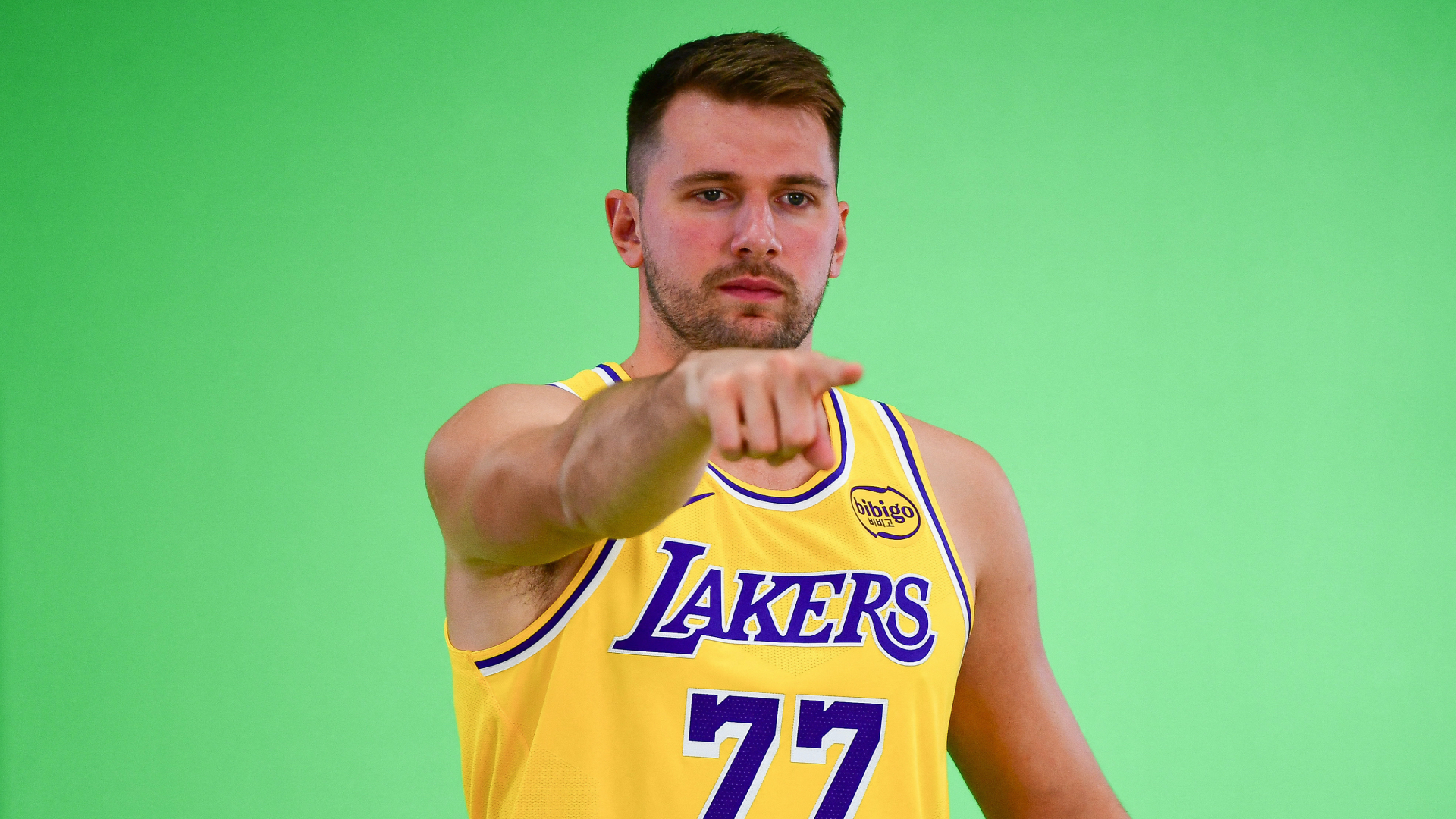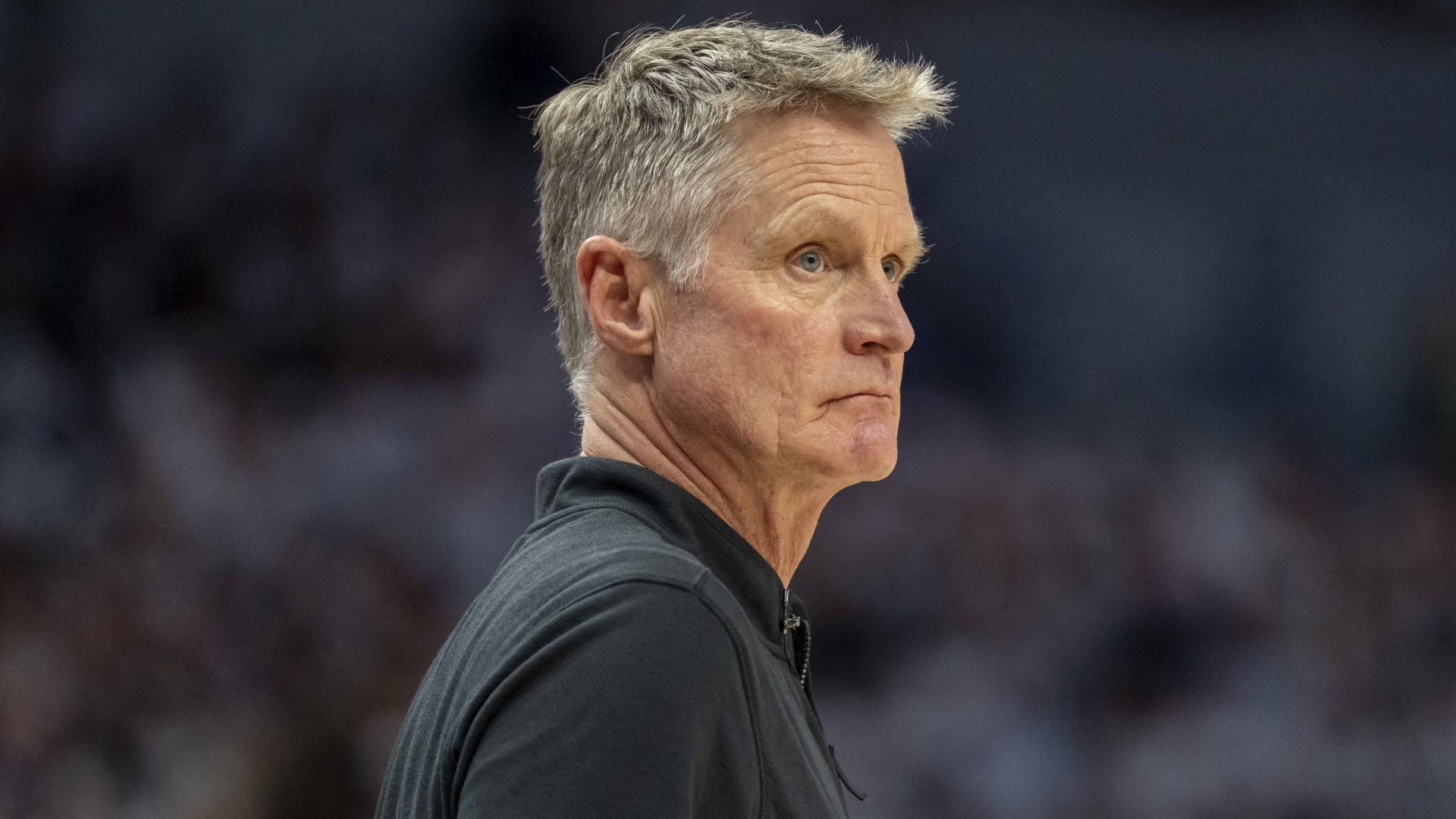What Does 'Waived' Mean in the NBA?
When an NBA player gets “waived,” it isn’t always the end. It’s often the start of a complex process that blends business, contracts, and opportunity.
In NBA terms, being “waived” means a team has released a player before their contract naturally expires, removing them from the roster but not necessarily from the league.
Once a team decides to part ways with a player, that contract is placed on the waiver wire, giving every other franchise a 48-hour window to claim the player and, crucially, assume the remainder of his existing contract.
The claiming priority is based on team records: the lower a team's standing, the higher its chance to claim the player first. This system promotes league parity and ensures struggling teams have an opportunity to strengthen their roster midseason.
If no team makes a claim during that 48-hour period, the player is said to have “cleared waivers” and becomes an unrestricted free agent, free to sign a new deal anywhere.
Salary Cap Implications and Buyouts

Waiving a player doesn’t automatically erase their financial impact. If the player clears waivers, the team that released him typically remains responsible for paying the guaranteed portion of his salary, which still counts toward its salary cap.
Teams often use this maneuver for financial flexibility, especially ahead of the regular season roster deadline or when managing luxury-tax limits.
Sometimes, the process leads to a buyout, where both sides negotiate a partial payment of the remaining salary so the player can become a free agent sooner. Contending teams often pick up these veterans for reduced salaries, while the player gets another shot with a winning roster.
More Than Just a Cut
While fans often interpret being waived as a setback, it’s not necessarily career doom. Many notable NBA players rebuilt their careers after being waived and later signed by contenders in better-fitting situations.
Ultimately, the waiver process underscores the NBA’s balancing act between player movement and financial regulation. It’s a reminder that every transaction—whether a star’s departure or a rookie’s second chance—is part of the sport’s intricate business game beneath the hardwood.






















